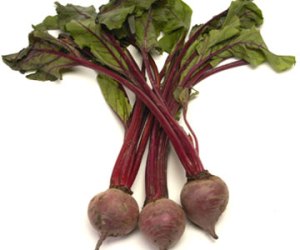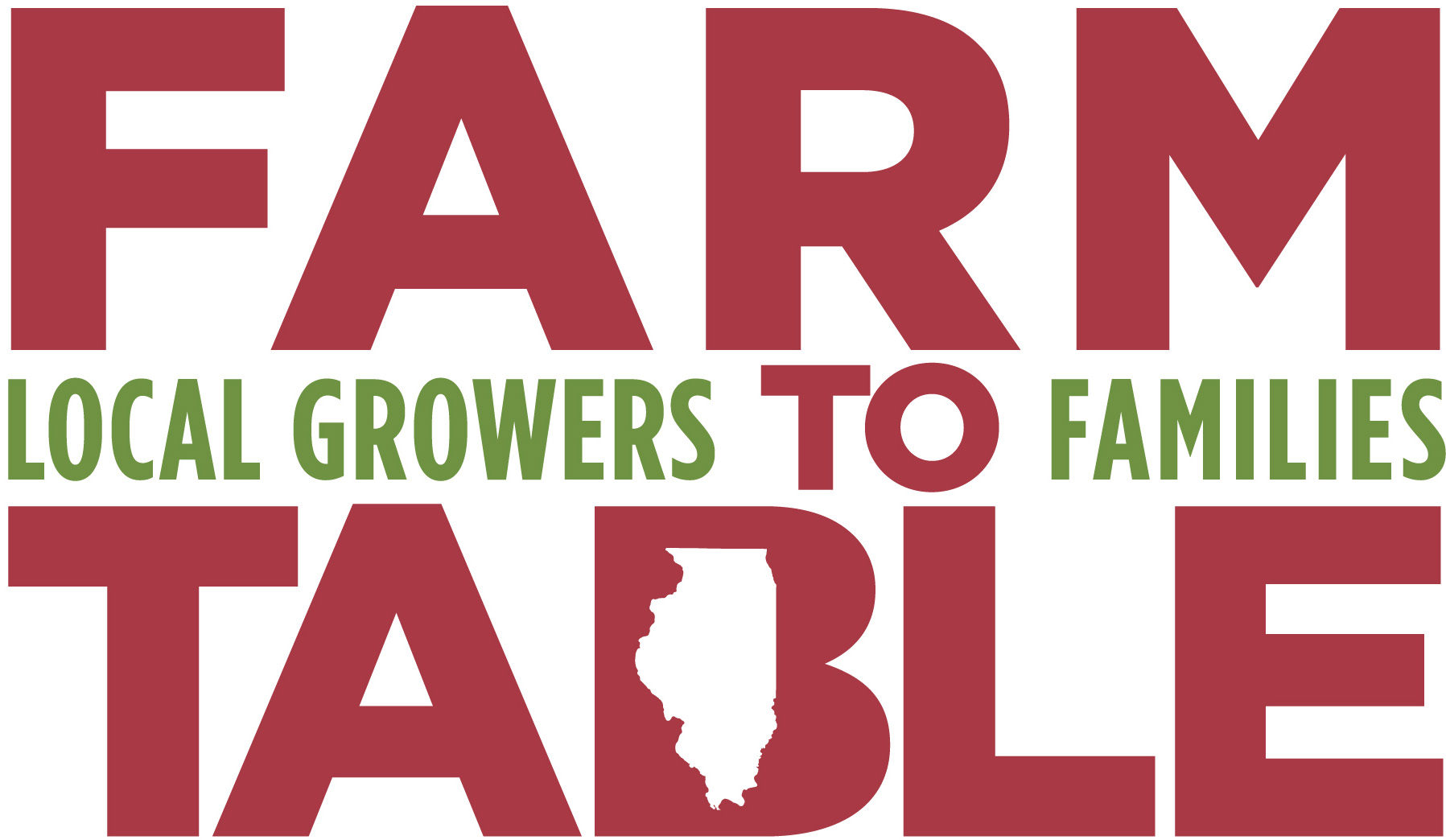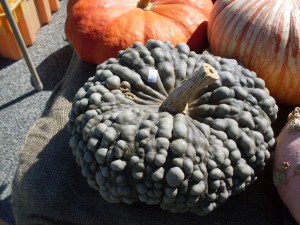Can we get a little respect for the beet, please? Maybe your face still scrunches up thinking about eating them as a kid, but take a few minutes to consider, or reconsider, all the goodness packed inside The Beet!
 (image source: mbacookie.wordpress.com)
(image source: mbacookie.wordpress.com)
Description
Beets are deep red or white in color. They have an earthy, hard-to-define flavor. Beets are available year-round, but the best time to buy is June through October, when they are most tender. Beets may be eaten raw or cooked. Other varieties are golden beets and pink and white striated Chioggia beets.
Nutrition
- Beets are fat free, saturated fat free, and cholesterol free.
- Beets are low in sodium and an excellent source of folate (any moms-to-be out there?)
- The green part of the beet contains nutrients like beta-carotene, vitamin C, iron, and calcium.
- Beets are rich in antioxidants (substances that help defend your cells from damage caused by free radicals, possibly preventing cancer).
Selection
Choose beets with firm, smooth skins and non-wilted leaves if still attached. Smaller beets are more tender. Look for unblemished beets with sturdy, unwilted greens.
Preparation
Remove leaves, leaving about an inch of the stems. Use leaves—raw or cooked—as fresh greens in your meal. Wash/scrub beets before cooking.
Ways to enjoy
- Bake: Cut off the green tops, leaving an inch of the stem to prevent bleeding and flavor loss. Scrub beets, wrap them in foil, and bake at 400°F for 45 minutes to 1 1/2 hours (longer time for larger beets).
- Microwave: Place 2 to 3 small beets in a small amount of water and microwave for 8 to 15 minutes or until soft.
- Roast: Preheat the oven to 425 degrees. Cut the greens away from the beets, leaving about 1/4 inch of stems. Scrub the beets and place in a baking dish. Add 1/4 inch of water to the dish. Cover tightly. Place in the oven and roast small beets for 30 to 40 minutes, medium beets for 40 to 45 minutes, and large beets for 50 to 60 minutes. Allow to cool and cut away the ends and slip off the skins.
- Other: On salad, in soup, with a juice blend, sliced in stir-fry, pieces on a kabob
Storage
Store unwashed beets in a plastic bag in refrigerator for up to 3 weeks. The greens will keep fresh in the refrigerator for about 4 days.
Extras
Beet juice can stain your skin, so pay attention when handling. A little lemon juice and water will remove stains on your skin.
Recipes
http://www.foodnetwork.com/topics/beets/index.html
(image source: theworldcommunitycookbook.org)
Sources
Produce for Better Health Foundation. (2011). Fruit & Vegetable Nutrition Database. Retrieved from http://www.fruitsandveggiesmorematters.org/?page_id=164
Shulman, M.R. (2008, August 4). Beets: The New Spinach. The New York Times. Retrieved from http://www.nytimes.com/2008/08/04/health/nutrition/04recipehealth.html










